
As laws prohibiting the use of marijuana wane, new ways of enjoying the herb emerge.
Currently 23 states and Washington DC have enacted laws to legalize medical marijuana; in Alaska, Colorado, Oregon, and Washington, it is legal to purchase marijuana for recreational use. Many more states are introducing bills that will govern some form of legalized marijuana in the near future. And with that legalization, we are embarking upon a world of possibilities when it comes to marijuana… and cocktails.
In Oregon (where the prohibition officially ended in July of 2015) business is booming. “There’re more cannabis shops than coffee shops. It exploded. It’s everywhere,” remarks David Shenaut, Bar Director of Portland’s Raven & Rose. He paints a picture of an Oregon where the local papers are publishing guides on pairing beer with your various varietals of pot.
“Like flavor pairings, to enjoy side by side. We’re talking about a new classification of cicerone or sommelier. It’s like a sommelier of marijuana.”
It seems the next logical step would be to add marijuana to the bartender’s mise en place. Warren Bobrow, author of Apothecary Cocktails, would agree. The former saucier-chef turned mixolgist-author explains that he crafted his latest book, Cannabis Cocktails, Mocktails, and Tonics – The Art of Spirited Drinks and Buzz-Worthy Libations (now available for pre-order, click here), “because I left cannabis out of Apothecary Cocktails. The world just wasn’t ready to take another route toward their imbibing pleasure. I believe now that they are ready.”

Cannabis Buds and Oil
Photo Courtesy of Shutterstock.com
Cannabis Buds and Oil
And so here we are then, freshly arrived in this brave new world of cannabis cocktails. That high school chemistry class you wrote off years ago is about to finally pay off, as what follows is a weed-laden refresher course in Chem101. To partake in this augmented imbibing, there are three basic ways to get cannabis into a cocktail.
Butter It Up
The first is by infusing butter or a fat with cannabis. For this method, let Google be your guide, as the internet is chock-full of recipes that can help you with this. Bobrow appreciates the array of possibilities this affords the imbiber. “Canna-Butter can be made with either “French” butter (high butterfat) or ghee (Indian-clarified butter),” explains Bobrow, “or even my favorite material, coconut oil. Coconut oil has all the important fats that give the decarbed cannabis another level of intoxication.”

Indian Ghee
Photo Courtesy of Shutterstock.com
Indian Ghee
What is decarbing? If your chemistry teacher had been a stoner, you’d likely have picked up this little fact of science: “Decarbing, is a process that unlocks the THC molecule from the inert state which is known as THCA,” explains Bobrow. “I will defer to the experts in molecular research, but quite simply, heat unlocks the good stuff in cannabis. You have to unlock this ‘good stuff’ to feel something. I’m not going to lecture you or be lectured about what it feels like, but what I do know is that heating cannabis makes it feel good.”
Once you’ve made your “canna-butter,” you can make a hot buttered rum cocktail or fat wash a spirit with it. Shenaut suggests “a rum with green vegetal funk. Like a Novo Fogo Cachaça. It’s got that banana leaf, tropical green flavor” that would complement the vegetal quality of marijuana.
The Bitter Truth
The second way would be through a bitters tincture.
“Everyone is already creating their own home made bitters,” jokes Shenaut, who has tinkered with mixing cannabis-tinged drinks at home for friends. Once you have decarbed your bud, Shenaut suggests you “add your quinine, your bitter orange peel, your fresh herbs, or spices, or roots.”
As if struck with a moment of inspiration, Shenaut expounds on the idea, observing “those bitters then become an ingredient in a Champagne Cocktail. Douse a sugar cube with these bitters and add lime, and sugar, and chartreuse, boosting that vegetal quality, and then maybe pineapple or ginger, and then shake and strain that, and top with sparkling wine. Then you have a really cool vegetal green cocktail.”
One final way to add some green to your alcohol is through a rapid infusion using a iSi Carbonator. Dave Arnold has perfected this method, which he explains in detail in his book, Liquid Intelligence: The Art and Science of the Perfect Cocktail.
This technique is effective when you want to preserve the delicate grassy notes of your marijuana. “If you do that infusion with a gin or a mezcal,” explains Shenaut, “I think the vegetal qualities of a highland spicy agave or a very green gin can enhance that very green aromatic flavor. Then you can pick any tequila cocktail. The sky’s the limit.”
Be Cautious (aka the fine print)
For clarity, (and also because – science!), a reminder that you would have to carefully heat the iSi container in a double boiler once you have completed the rapid infusion, if you want to enjoy the THC effects of your marijuana. However, cautions Shenaut, if you have made a THC laced base spirit “the level of potency changes. It’s variable. You want to spread out your intake over some time.”
He emphasizes, “Take very, very little (like 1/2 oz. if you’ve made an infusion) and wait for a couple hours because it builds in your system.”
If you’ve made a rapid infusion spirit, you can always split your base in your recipe. Use a half ounce of your cannabis-infused spirit and complete the rest of your base with the same spirit, sans cannabis.
“I would totally advise against ‘party time’ binge drinking while adding pot to your alcohol,” warns Shenaut. “The controls are key. It’s still a controlled substance. It’s still a dangerous thing.” Ultimately, you want to know how it affects you before you serve it to anyone else. Take it slow. Play a board game. In order to be responsible with something like this, the goal would be to never be out of your mind completely.”
Shenaut explains that ultimately it’s an investment to explore this type of imbibing. It’s an investment of time and money that he underscores with the advice, “Push the envelope in terms of using better ingredients. Invest in really good butter or quality spirits. Using less of everything, you can make a more dynamic experience top to bottom by using taste and smell. Even if you start with less and make sure you’re putting it in a fairly nice spirit, worst case scenario, you’ve still got a good product, even if it’s not gonna get you high.”
“Right now the trend is to make it as potent as you can.” Shenaut waxes philosophical. “But I think the reverse of that trend, is that people are going to want more consistent, stable, trustworthy experiences. It is interesting and I look forward to seeing how the market switches.”
He remains hopeful for the future of cannabis imbibing. “I think if you do that, it could be something that people really grab a hold of.”

The Bosphrous Cocktail
Photo Courtesy of Fair Winds Press, an imprint of Quarto Publishing
The Bosphorus Cocktail
Courtesy of Warren Bobrow
Offers Bobrow:
“Since we are still in post production on Cannabis Cocktails, I’m going to share one of my favorite cocktails from Apothecary Cocktails. In this case I’m adding a dose of Cannabis tincture to the mix made with White Widow, which is a hybrid of Cannabis Sativa and Cannabis Indica. The Sativa offers cerebral effects of focus and intensity, balanced by the more body pleasing characteristics of the Cannabis Indica. It’s invigorating and relaxing all at the same time, perfect for the cocktail named the Bosphorus Cocktail.”
Ingredients:
- 2 oz. Raki
- 4 oz. Freshly Crushed Carrot Juice
- 1 tsp. Turmeric
- 2 tbsp. Rose-Scented Simple Syrup (Royal Rose Makes this One)
- 15 ml Cannabis Tincture (White Widow or Like)*
- 3 oz. Soda Water
- pinch of Sea Salt
Preparation: Combine all ingredients except for soda water into a Boston Shaker filled 3/4 with bar ice. Concurrently, chill a rocks glass with bar ice and water until well chilled and frosty, toss out ice and water. Replace with one large cube of ice. Shake and strain over the large cube of ice. Splash the seltzer over the top.
*Cannabis Tincture
Ingredients:
- 2 cups Over Proof Rum
- 2 oz. Marijuana Shake, Stems, Trim (or if You’re Feeling Wealthy, Cannabis Buds)
Preparation: Bobrow has many methods to infuse THC into an alcohol tincture, but he shared this method below for the home chef.
“I prefer to use the Magical Butter Machine. It’s foolproof and safe, something I cannot always say for anything made on a stove.”
“If you choose not to purchase a Magical Butter Machine, I recommend grinding your cannabis very fine and baking in a 240 degree oven, double wrapped in aluminum foil. The method for the Magical Butter Machine is the same, except don’t grind the cannabis first!”
“This is the process of decarboxylation (or decarbing) which releases the THC from the THCA molecules contained in cannabis.” Bobrow further clarifies, “I follow the rules set down by famed cannabis researcher and knowledge seeker named Jerry Whiting. LeblanccCNE.com Jerry is the grandfather of the art of medical cannabis. He wrote the introduction to my book!”
“After 45 minutes passes, remove the foil package and let rest for at least 15-20 minutes. This allows the ‘carry-over’ cooking to take place. At this time I put the package in the freezer for an hour or so. Why? I’m not sure. Someone showed me out on the left coast. It makes the effect more intense somehow. Then, you heat a double boiler on an electric stove – never gas! (NEVER, EVER use gas— they’ll remember you for years after you blow up your home) When the top of the double boiler reaches 160-165 degrees, using a mason jar, heat the liquor and the decarbed cannabis for an hour or more. Let cool, refill with fresh liquor if you are making an infusion and let rest… Strain into a sterilized bottle and mark the outside well- and ALWAYS keep away from young and inquisitive hands.”

Cannabis Leaves
Photo Courtesy of Shutterstock.com
Cannabis Leaves
“The alcohol must be infused at no more than 160 degrees. The amount of time is up to you. The alcohol will burn off (evaporate) leaving you with a very concentrated tincture. Making herbal tinctures is the exact same art. You extract the aromatics through gentle heating and then the addition of a base. In the case of the tincture – some people use Everclear. It’s an excellent solvent but it has a bitter flavor making it unpalatable for most. I like using spiced rum as a base because it tastes great in a craft cocktail!”
The post Crafting Cannabis Cocktails – It’s Not About Getting High appeared first on Chilled Magazine.
Source: Mixology News





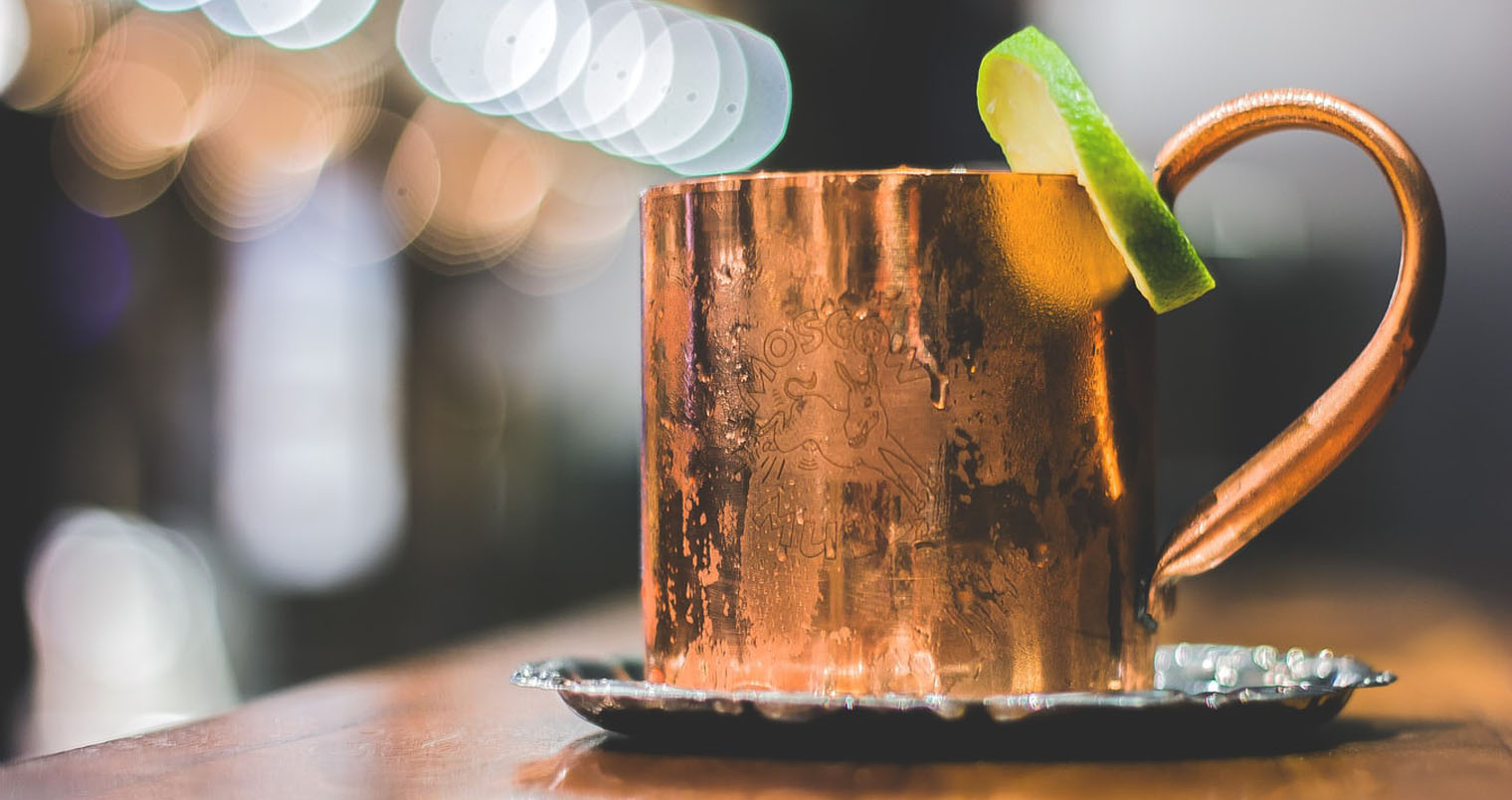









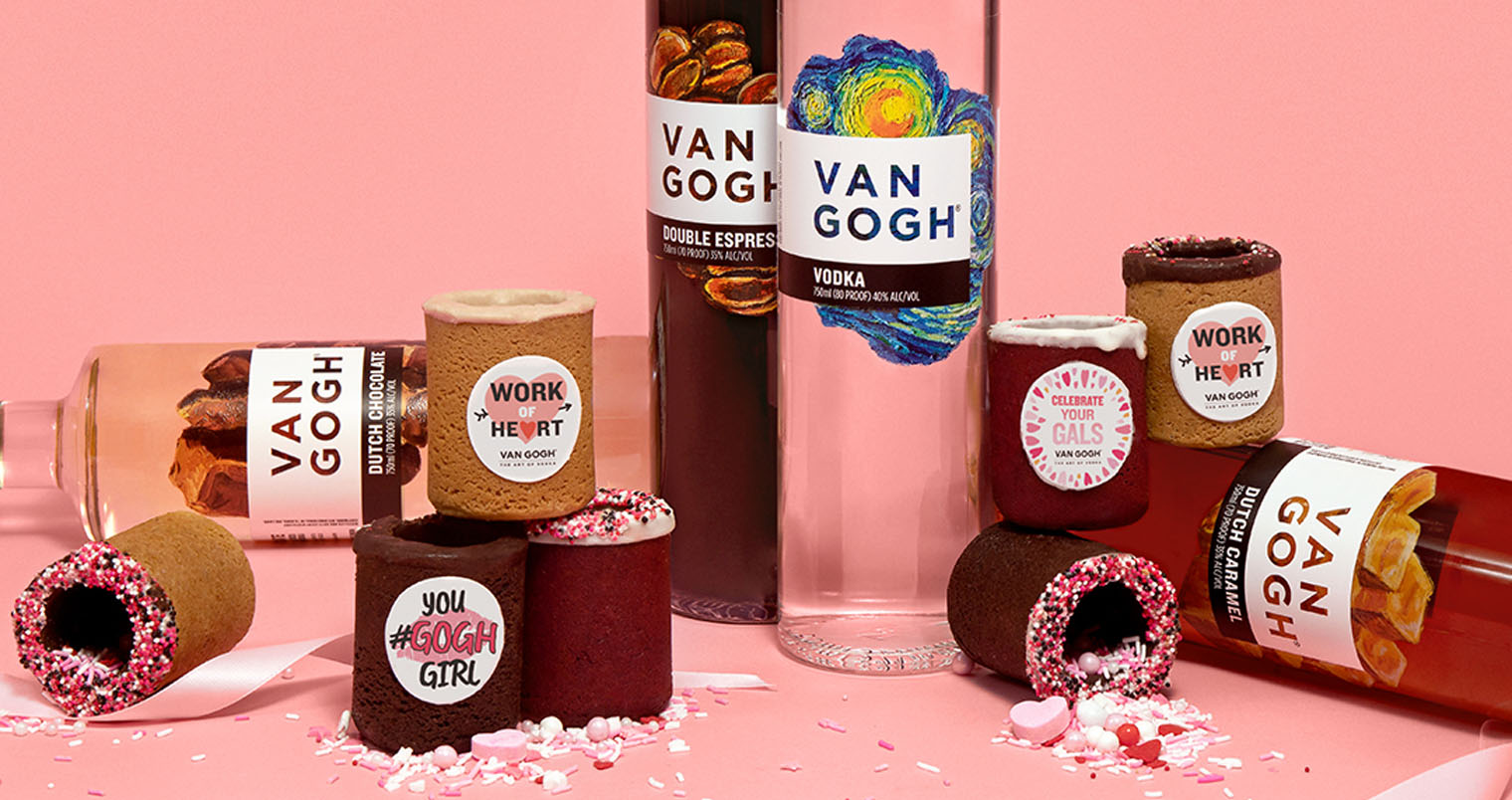






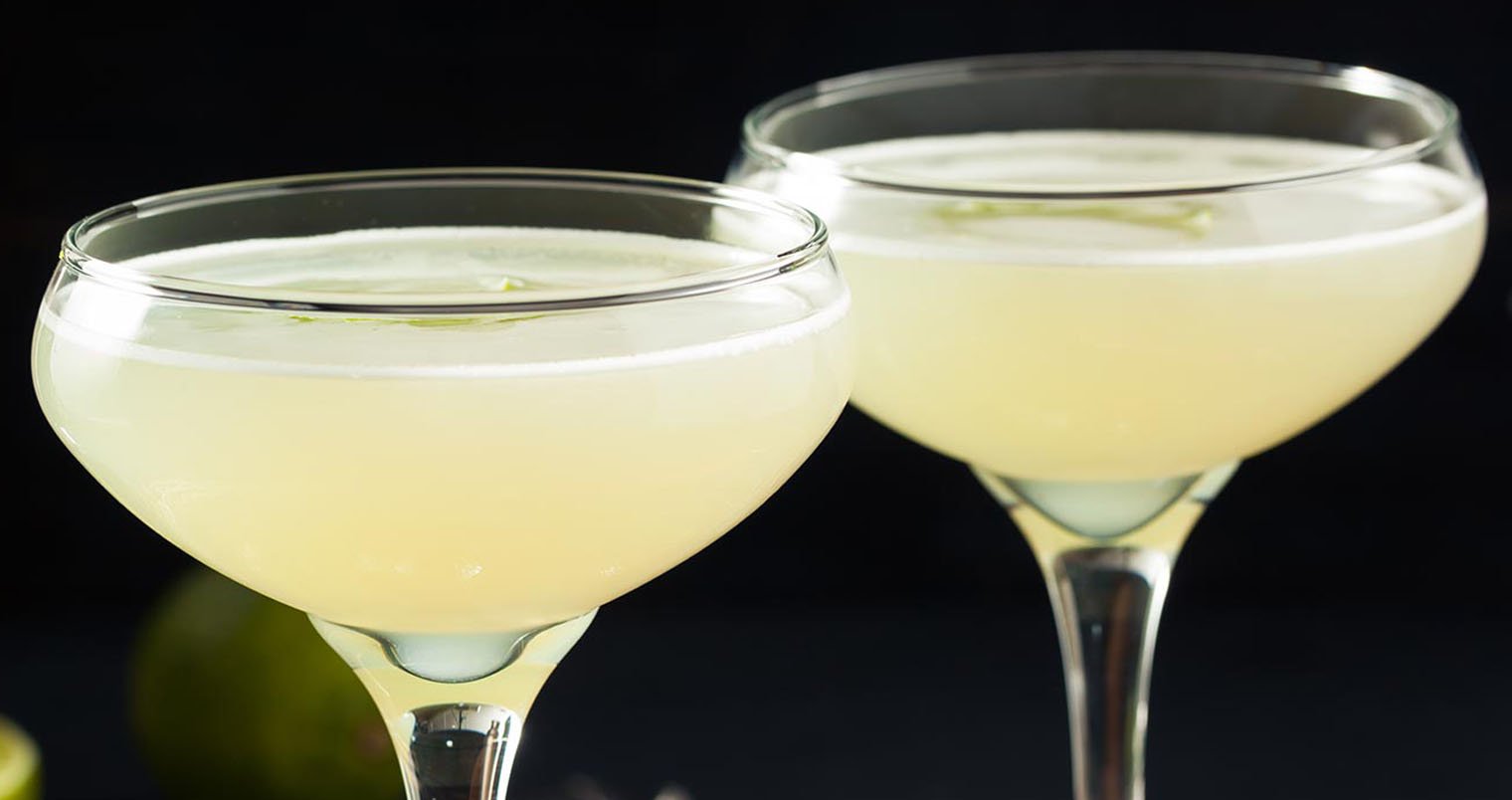


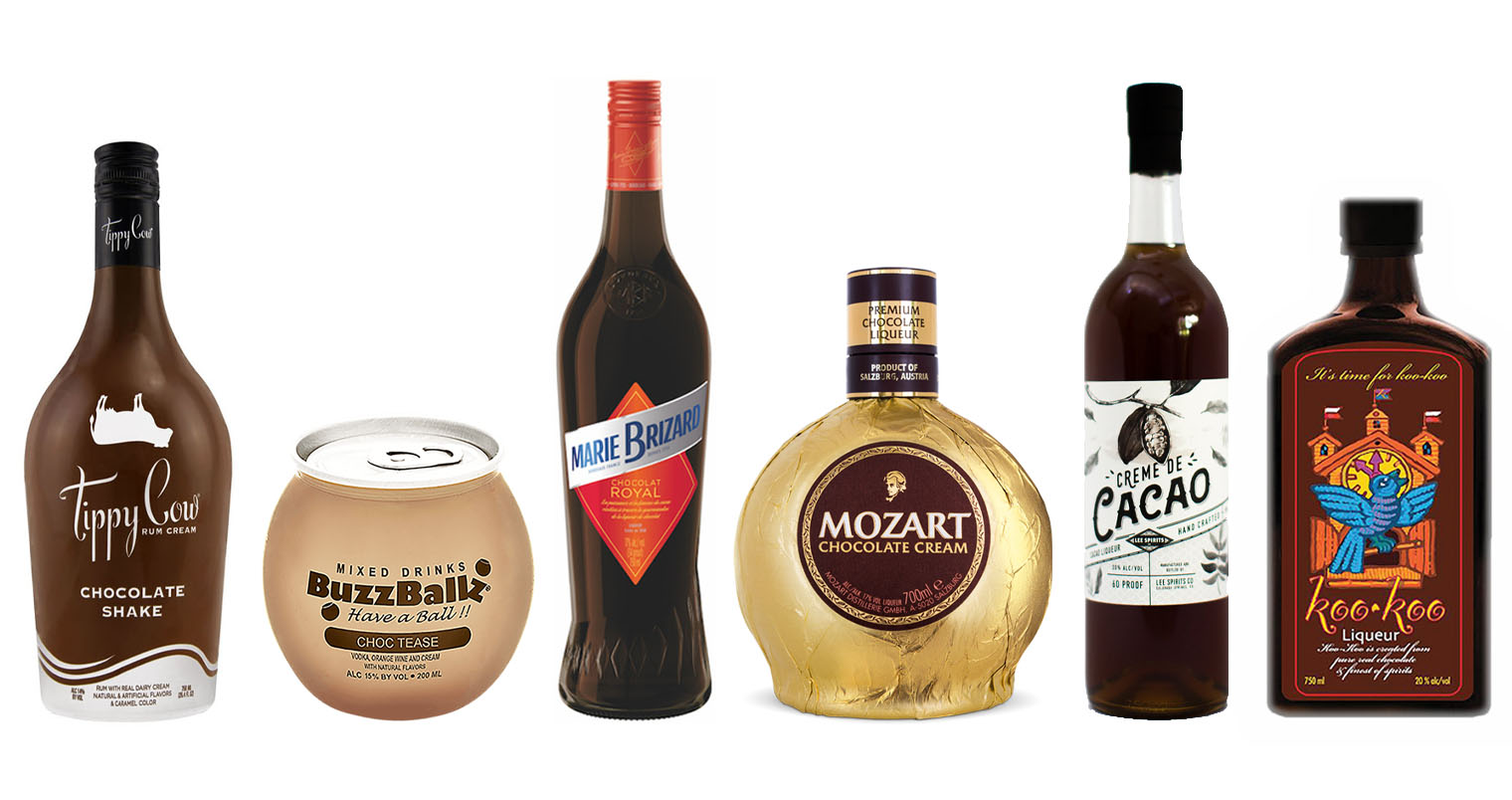







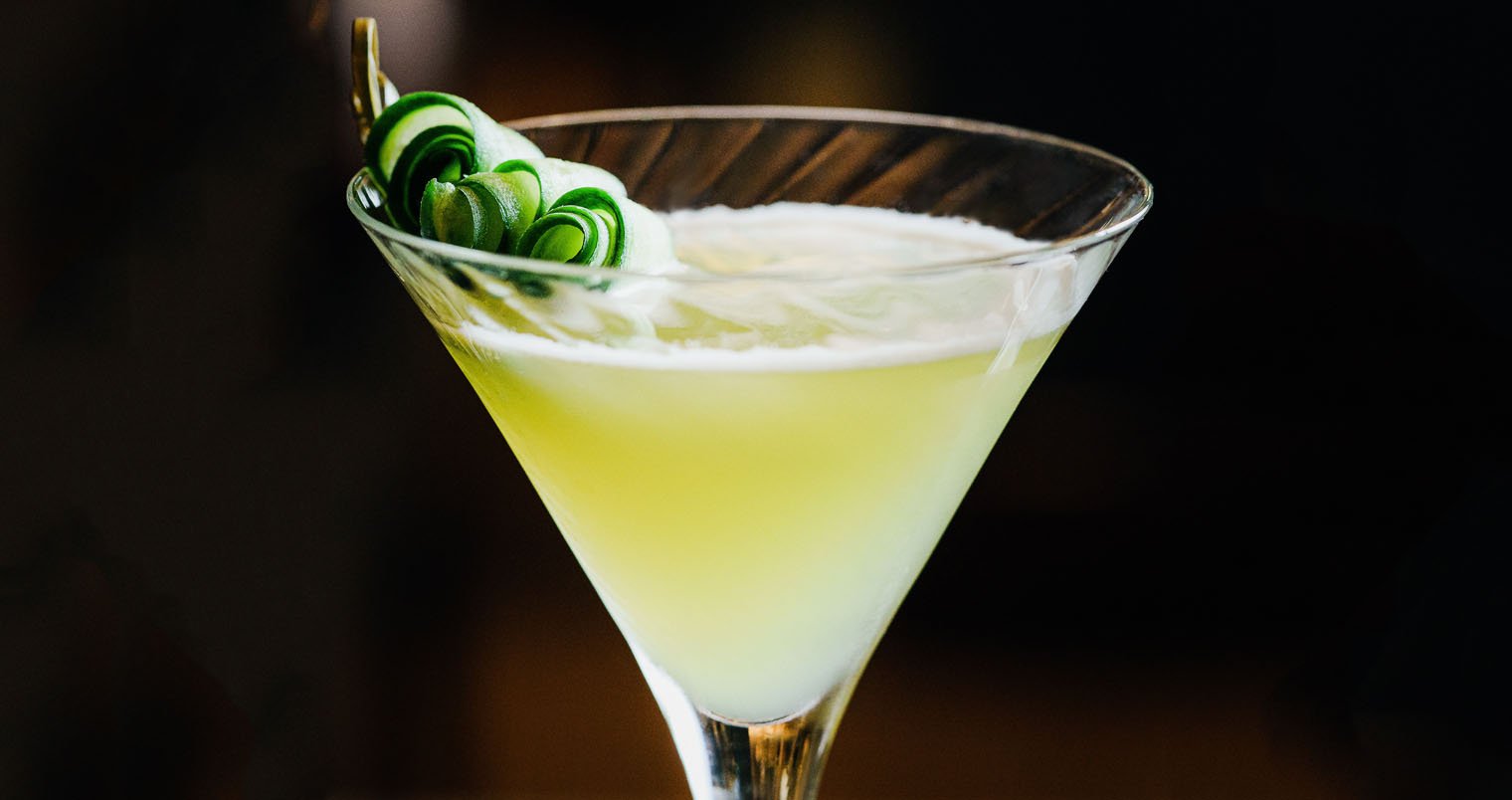


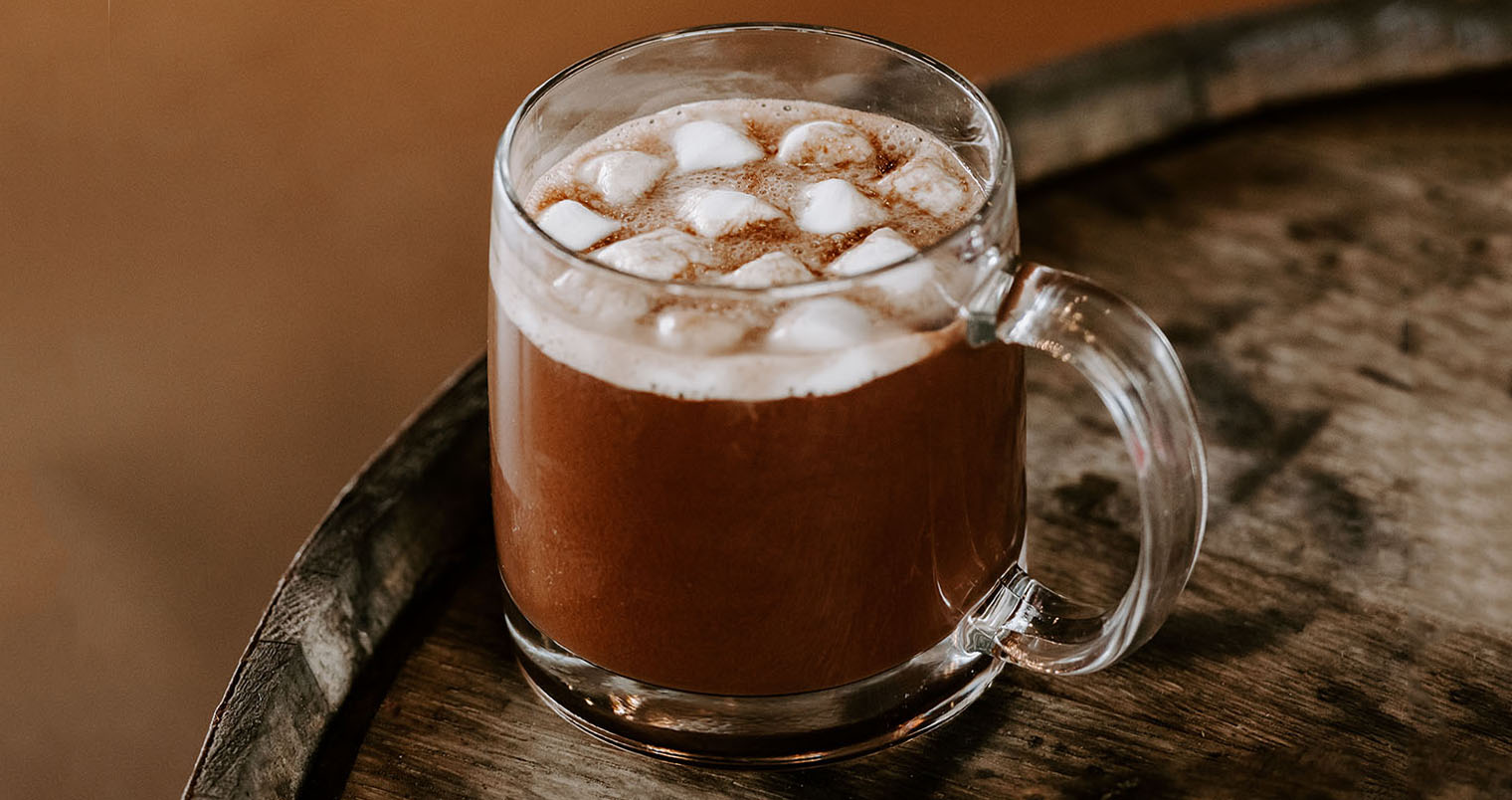






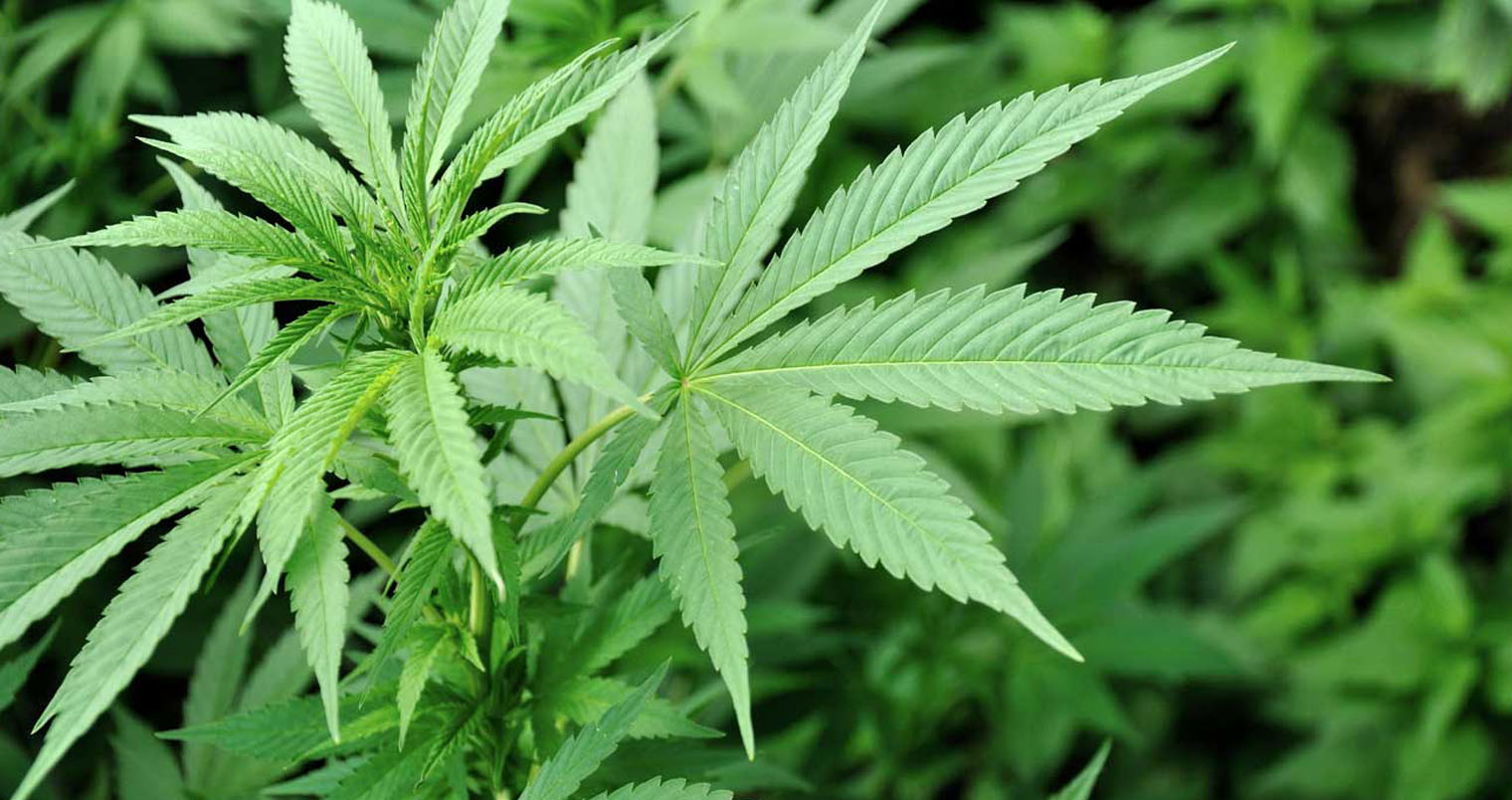





Recent Comments